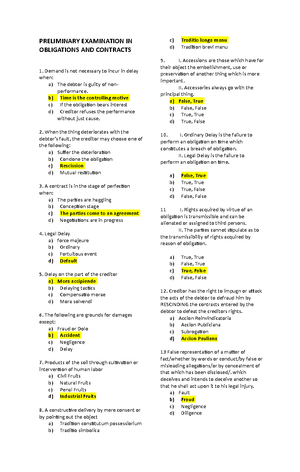- Information
- AI Chat
Was this document helpful?
Aggressive Essay about
Subject: Accountancy
86 Documents
Students shared 86 documents in this course
School: Quezon National High School
Was this document helpful?

CHERRY MAE RAZO Q3 ENGLISH WEEK 3
10 – O
AGGRESSIVE DRIVING SHOULD BE AVOIDED
INTRODUCTION:
Aggressive driving is a phenomenon, which has only recently got the public worried. The National
Highway Traffic Safety Council (NHTSC) defines aggressive driving as “the operation of a motor vehicle
in a manner that endangers or is likely to endanger persons or property”. Actions such as running red
lights, improper passing, overtaking on the left, improper lane change, failing to yield, improper turns,
running stop signs, tailgating, careless driving and speeding are examples of aggressive driving. Such
actions are dangerous to other road users. Aggressive driving should be avoided because it causes crashes,
injuries and fatalities.
BODY:
The first reason why aggressive driving should be avoided is it causes crashes. According to NHTSC
between 78 percent (excessive speed) and 100 percent (improper passing) of the cases of aggressive
driving resulted in traffic crashes and 96 percent of the drivers cited for “following too closely” or
tailgating caused crashes as a result of their aggressive driving.
Another reason why aggressive driving should be avoided is it causes injuries. NHTSC states that the
percentages of the injuries caused by aggressive driving are, in almost all categories of aggressive driving,
above 100 percent. Furthermore, the Department of Highway Safety (DHS) reports that this is due to the
fact that each motor vehicle crash accounts for one or more injuries.
Aggressive driving also causes fatalities. “Overtaking on the left” appears to be the most important
contributing factor in traffic fatalities as it relates to aggressive driving. “Improper lane change”, “running
stop sign” and “running red light” rank second through four in terms of their contribution to traffic
fatalities (DHS, 2008).
CONCLUSION:
Hence, aggressive driving should be avoided. Since the opening of the North-South Highway, the number
of kilometers of roads in the country has increased by one percent while the number of vehicle miles
driven has increased by 35 percent. More cars and more drivers are also on the road, leading to more
aggressive drivers.





